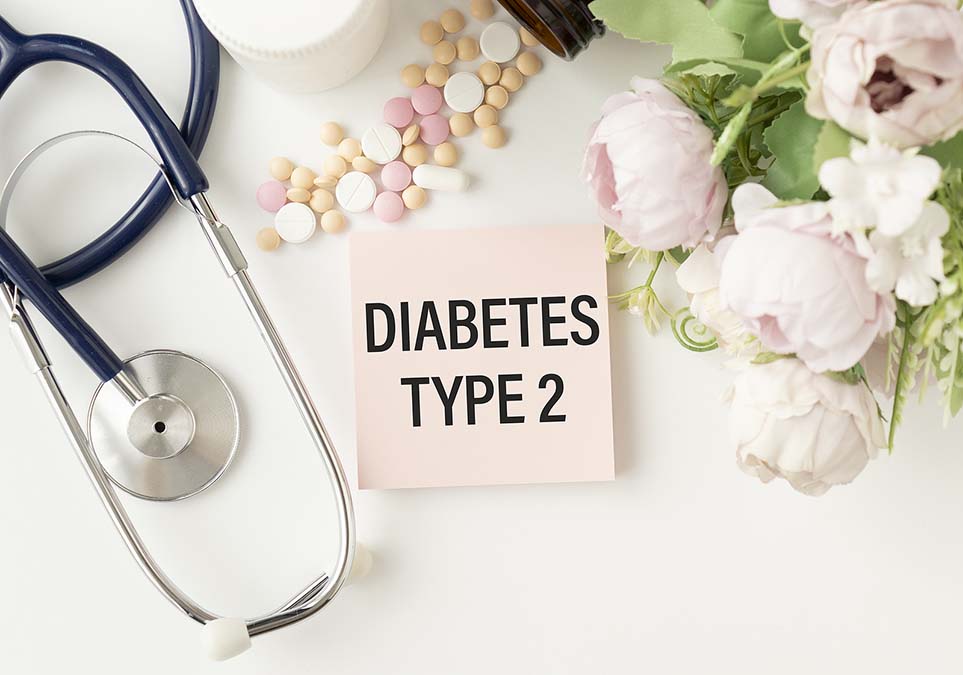 Everyone who studies type-2 diabetes agrees that it’s a lifestyle disease. And almost all agree that changing our lifestyle can drastically improve it.
Everyone who studies type-2 diabetes agrees that it’s a lifestyle disease. And almost all agree that changing our lifestyle can drastically improve it.
However, the various approaches recommended are often complicated and difficult to follow.
But a new study just published in the journal BMJ takes things back to the basics and reveals the simplest way to manage type-2 diabetes naturally.
The glycemic index (GI) ranks foods according to the rate at which they elevate blood sugar. Since the problem for type-2 diabetes patients is rapidly skyrocketing blood sugar that they must try to keep constant, they are usually told that eating foods that elevate blood sugar slowly (low-GI foods) is the healthiest diet.
But the European Association for the Study of Diabetes (EASD) has not published updated diabetes guidelines for the past 15 years. During this time, a lot of new research has been published on the relationship between low-GI foods and diabetes.
As a result, these researchers decided to write an updated summary of the research, hoping that the EASD would use it to update their guidelines.
They surveyed studies published up to May 2021; all of the studies that qualified for their analysis had to run for at least three weeks and had to be randomized controlled trials, the gold standard of scientific research.
All of these studies investigated the effect of low-glycemic diets on blood sugar, fasting blood sugar, fasting insulin, cholesterol and other fats in the blood, body weight, body mass index, waist circumference, blood pressure, and inflammation. These can all indicate either good or poor blood sugar control in diabetics.
They surveyed 29 trials with 1,617 diabetic subjects who were mostly middle-aged and either overweight or obese.
Compared with high-GI diets, low-GI diets reduced the participants’ blood sugar, fasting blood sugar, LDL cholesterol, body weight, and inflammatory markers.
They seemed not to have an effect on blood insulin, HDL cholesterol, waist circumference, or blood pressure, although the researchers acknowledged that some studies on waist circumference did show a benefit.
So, low-GI foods are healthy for people with diabetes—but what makes a low-GI diet?
The index categorizes foods as low-GI (with a score below 55), medium-GI (with a score between 55 and 70), and high-GI (with a score above 70).
-
1. High-GI foods include potatoes, white wheat bread, whole wheat bread, white rice, rice crackers, cornflakes, instant oats, watermelon, most dried fruits. Anything with added sugar has a higher GI than it would have without sugar. For example, chocolate and ice cream have relatively low GI scores, but they are much lower without the added sugar.
2. Medium-GI foods include rye bread, brown rice, popcorn, couscous, millet, muesli, pineapples, sweet potatoes, pumpkins, and honey.
3. Low-GI foods include specialty grain bread, pasta (except rice pasta), legumes, lentils, all soya products, rolled oats, barley, apples, oranges, bananas, mangoes, dates, peaches, strawberries, carrots, milk, meat, and eggs.
So to manage type-2 diabetes, try to only include food with low or maybe medium GI levels, and avoid all foods with high GI levels.
The main problem with the low-GI approach is that it only manages type-2 diabetes—it doesn’t reverse it. To reverse type-2 diabetes, you need to tackle the underlying cause, using the three steps explained here…

 Overcoming IBD
Overcoming IBD Multiple Sclerosis
Multiple Sclerosis Banishing Bronchitis
Banishing Bronchitis Gum Disease Gone
Gum Disease Gone Overcoming Onychomycosis
Overcoming Onychomycosis Neuropathy No More
Neuropathy No More The Prostate Protocol
The Prostate Protocol Brain Booster
Brain Booster
 Ironbound
Ironbound
 Solution for Shingles
Solution for Shingles
 The Bone Density Solution
The Bone Density Solution
 The Ultimate Healing Protocol
The Ultimate Healing Protocol
 The Parkinson's Protocol
The Parkinson's Protocol
 The Chronic Kidney Disease Solution
The Chronic Kidney Disease Solution
 Overthrowing Anxiety
Overthrowing Anxiety The Fatty Liver Solution
The Fatty Liver Solution The Hypothyroidism Solution
The Hypothyroidism Solution
 The End of Gout
The End of Gout The Blood Pressure Program
The Blood Pressure Program
 The Oxigized Cholesterol Strategy
The Oxigized Cholesterol Strategy
 Stop Snoring And Sleep Apnea Program
Stop Snoring And Sleep Apnea Program
 The Arthritis Strategy
The Arthritis Strategy The Vertigo & Dizziness Program
The Vertigo & Dizziness Program The 3-Step Diabetes Strategy
The 3-Step Diabetes Strategy Hemorrhoids Healing Protocol
Hemorrhoids Healing Protocol The Erectile Dysfunction Master
The Erectile Dysfunction Master Weight Loss Breeze
Weight Loss Breeze The IBS Program
The IBS Program The Insomnia Program
The Insomnia Program The Migraine and Headache Program
The Migraine and Headache Program The Neck Pain Solution
The Neck Pain Solution The Menopause Solution
The Menopause Solution The Ejaculation Master
The Ejaculation Master The TMJ Solution
The TMJ Solution The Acid Reflux Solution
The Acid Reflux Solution The Fibromyalgia Solution
The Fibromyalgia Solution The Psoriasis Strategy
The Psoriasis Strategy